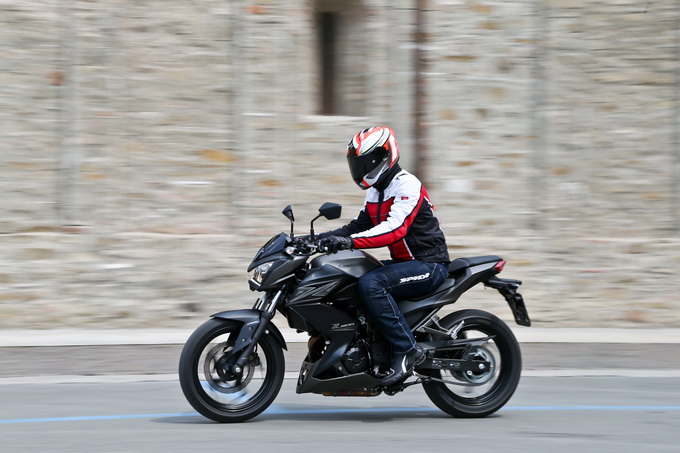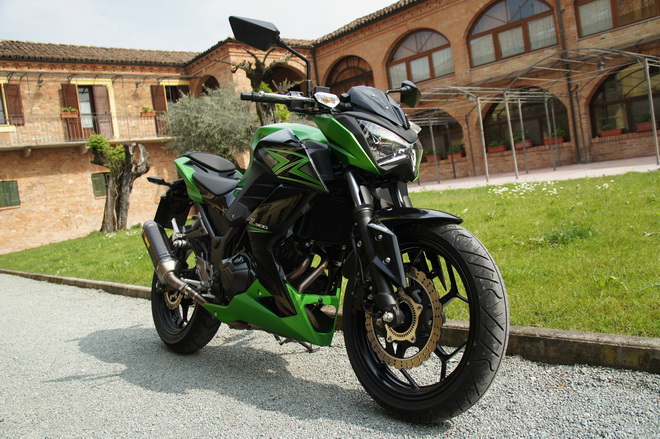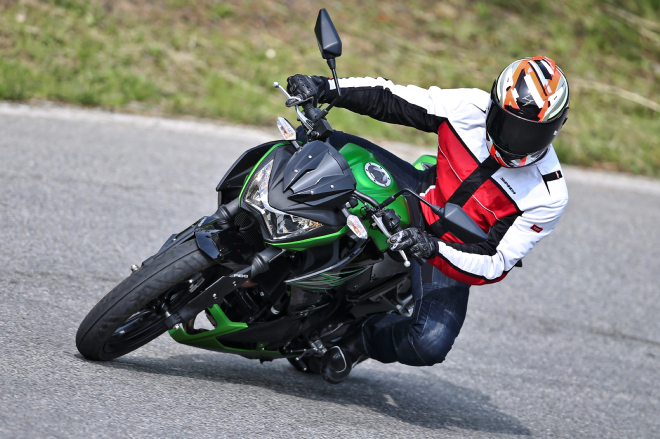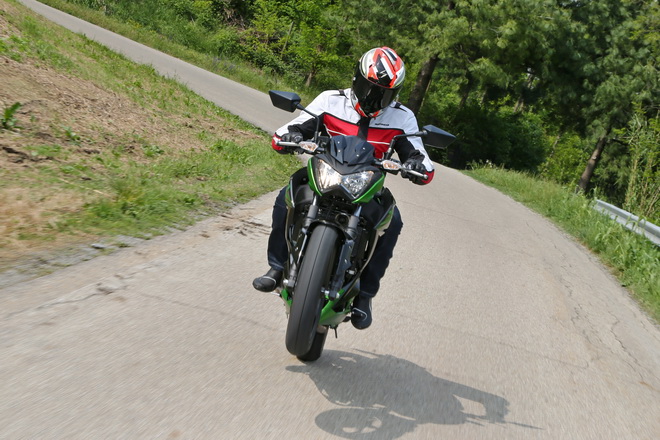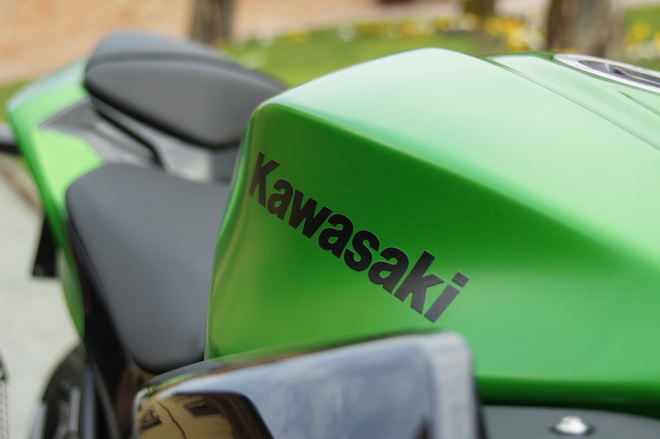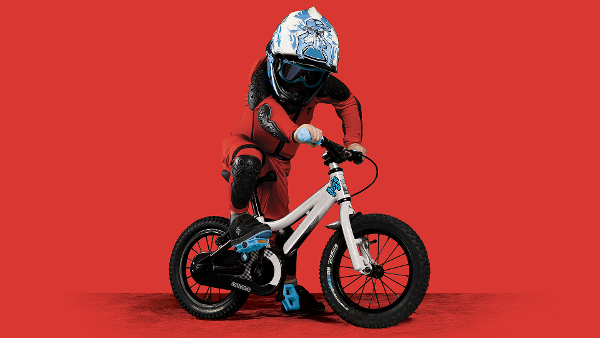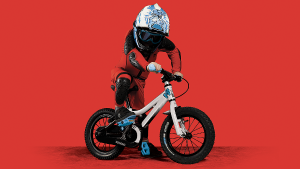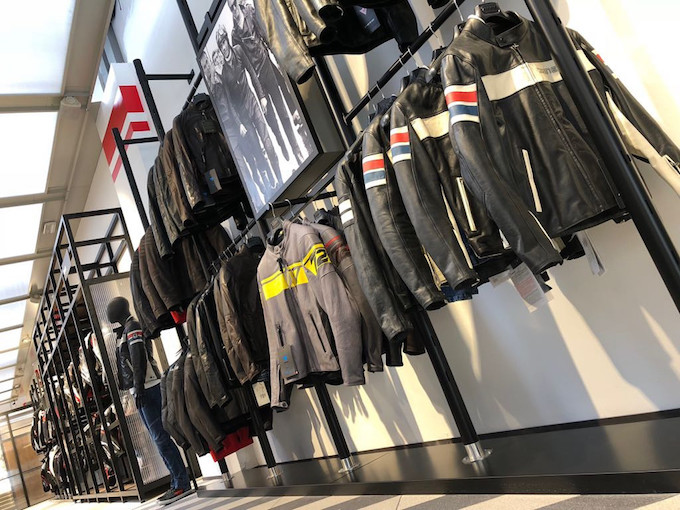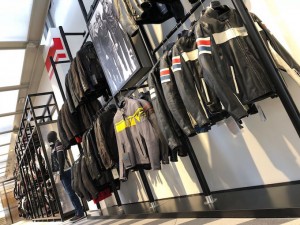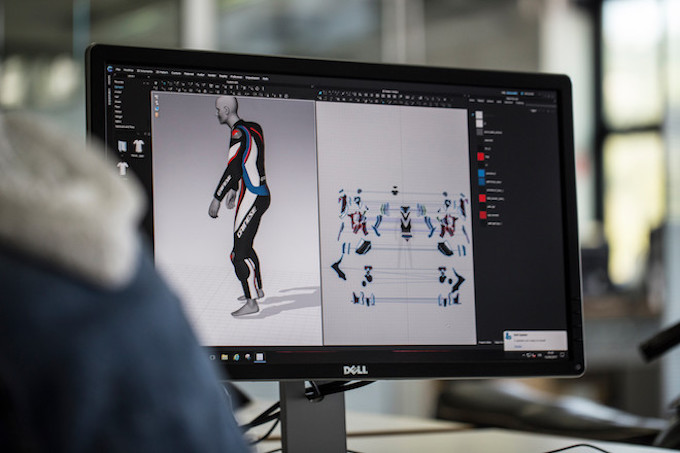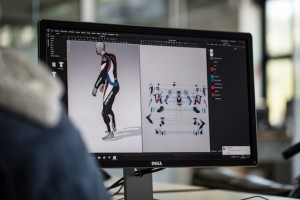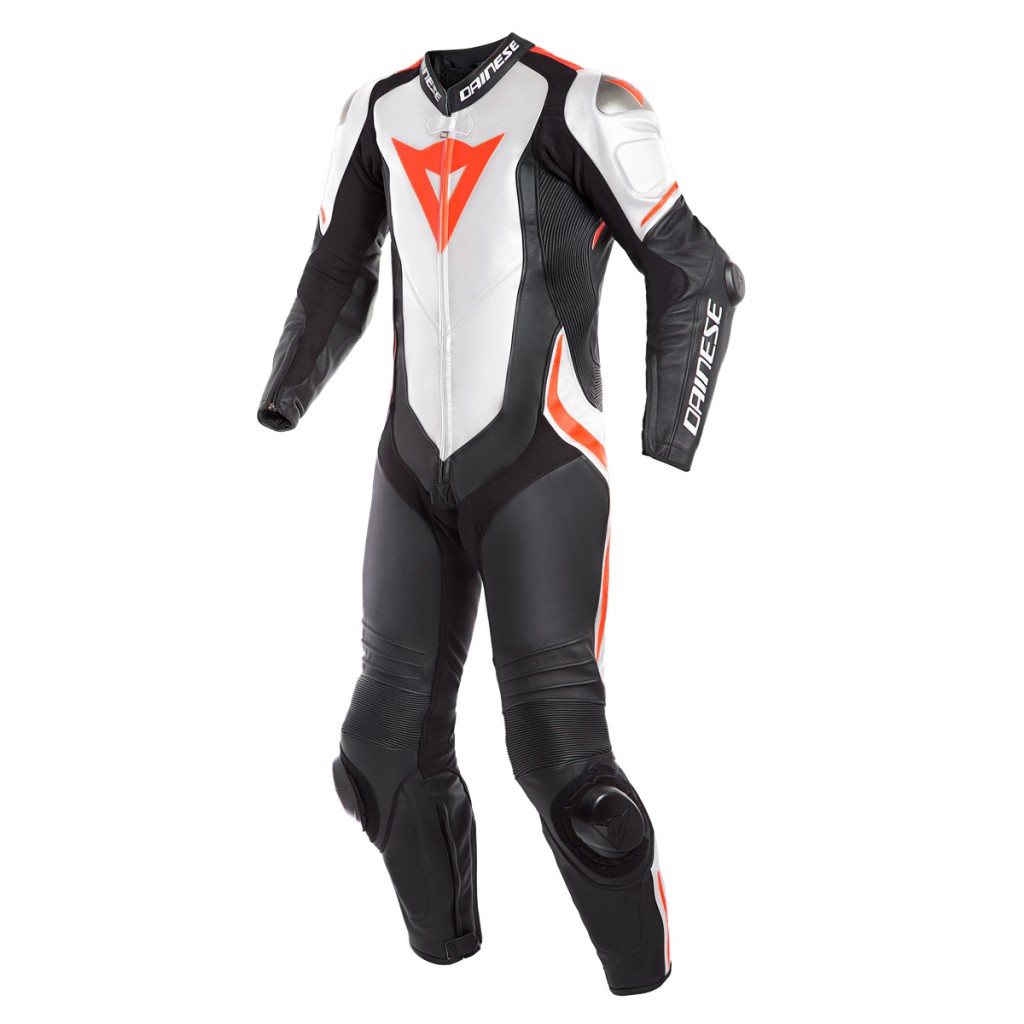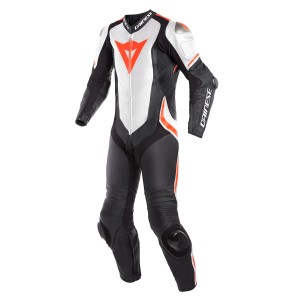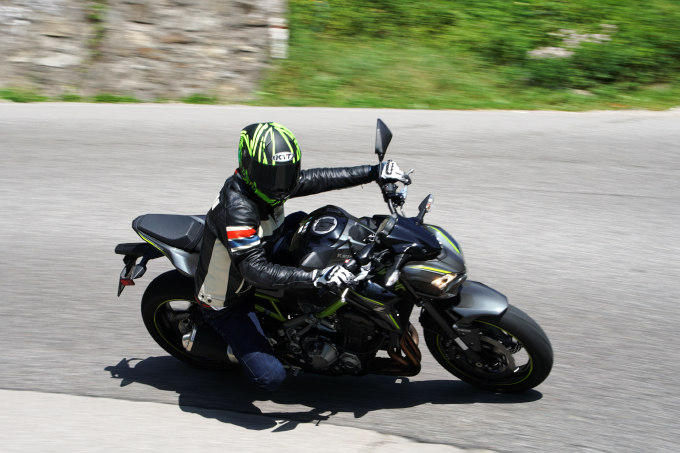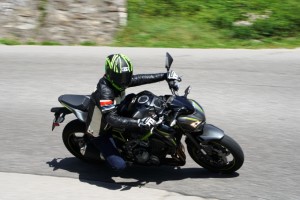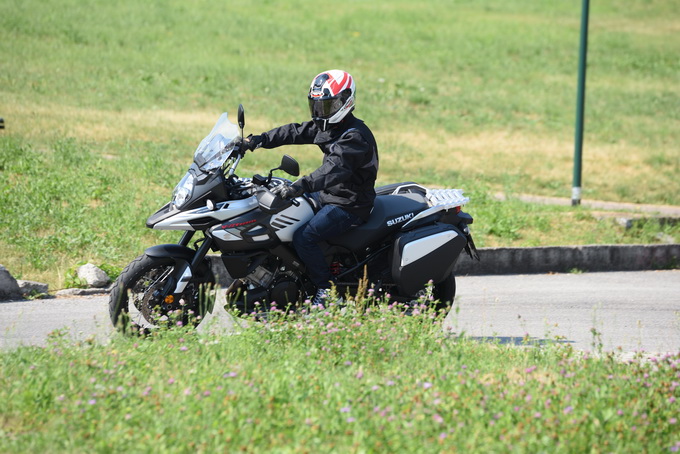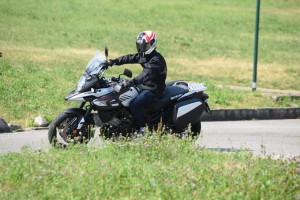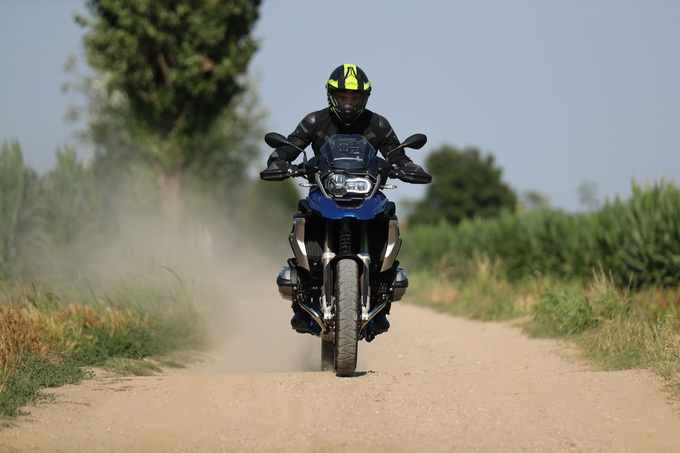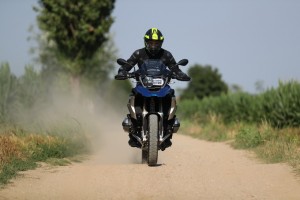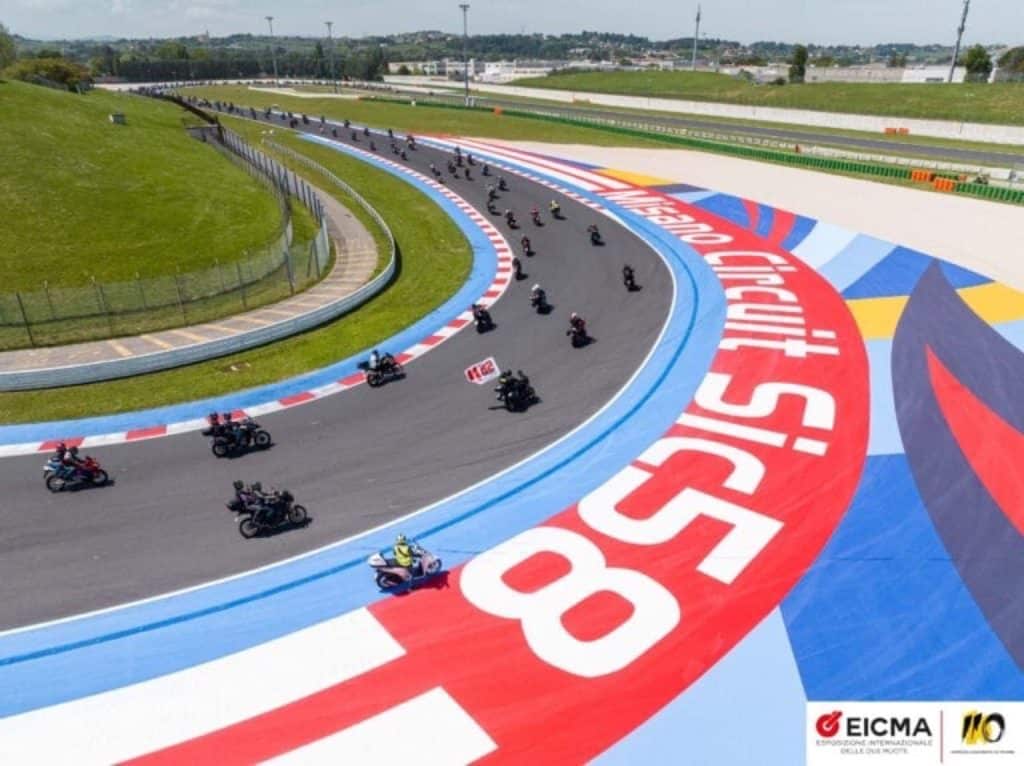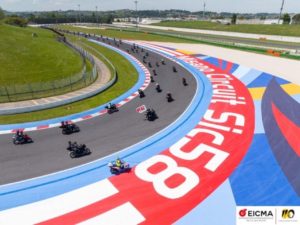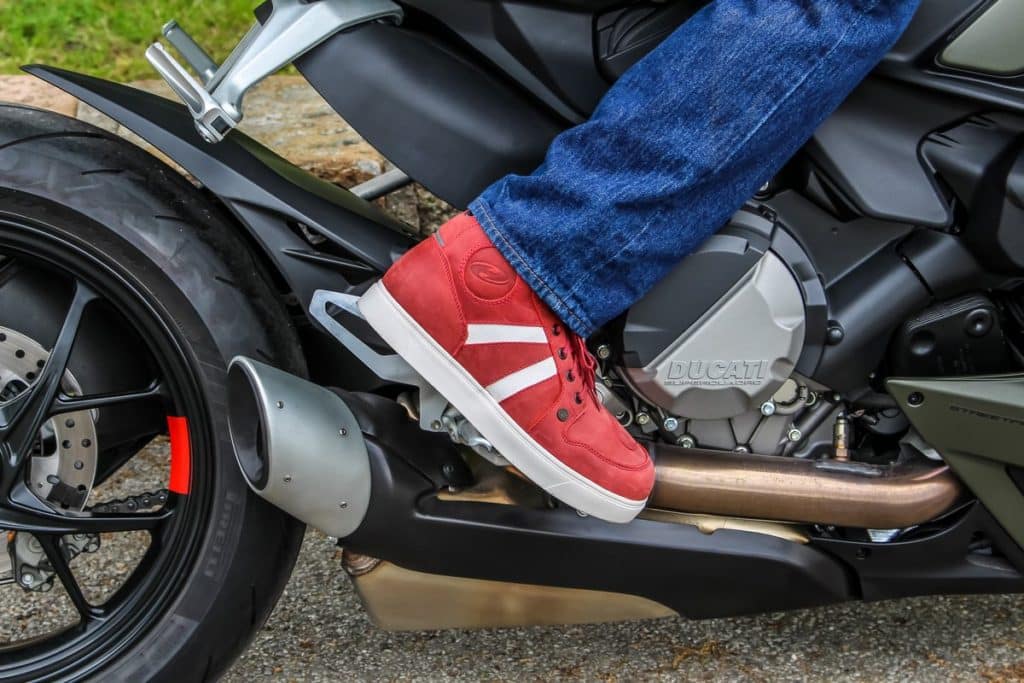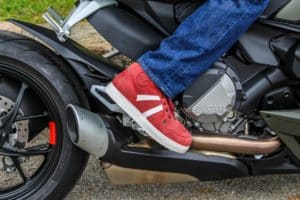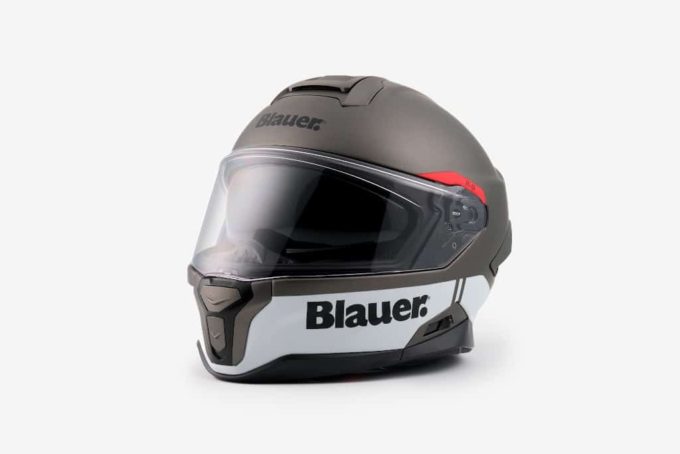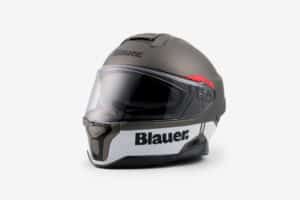Kawasaki Z250SL and Z300, first contact [PHOTO and VIDEO]
Among the best with which to start or start riding a motorbike again
Kawasaki Z250SL and Z300: We often touch on the topic of what is the best route for those who want to approach the world of two wheels, or for those who have been away from it for some time and want to get back on a motorbike, perhaps abandoning that of a scooter, a means of transport also on two wheels which, for those who are truly motorcyclists, hearing it called a motorbike is worse than swear. Many choose to skip ahead, immediately taking something powerful and as an expert pilot, because for various reasons it may seem like the simplest thing, but it is certainly not a solution that we would recommend. Before having a lot of horsepower to manage with the throttle, it is advisable to know how to make all the other components of your motorcycle work properly. The engine is the last, perhaps also the simplest to manage in a modern motorcycle, where electronics often help quite a bit. The brakes come first, but above all you need to know how to set the curves correctly. It doesn't take a safe riding instructor to understand that after hitting the gas, you need to slow down the motorbike, make it turn and stop, otherwise the adventure certainly won't end well... Approaching this world with one of the two small Kawasaki Zs is therefore one of the best choices you can make, especially if you choose the Z300, which although small is already a decent "motina", which thanks to an excellent chassis, on a tortuous route allows an expert rider to compete on equal terms (or almost) with much more powerful bikes, provided he knows how to exploit it in the best possible way.
But let's start from entry level, the Z250SL (Super Light), of which the acronym already anticipates the main advantage, lightness. We are at 150, with 2kg less than this threshold for the version without ABS. The engine in this case is a 250 cc, with 28 horsepower, liquid-cooled single-cylinder with 4 valves. The throttle body, compared to the initial unit used, grows from 34 to 38 millimetres, while careful refinement work makes the delivery more full-bodied, also thanks to the dedicated control unit. Aesthetically it is well cared for, it has sports details, like the petal brake discs or the all digital instrumentation and some goodies, such as the cooling fan which, together with special conveyors, pushes thehot air extracted from the radiator downwards. This Kawasaki patent for a motorbike whose use will be largely urban, certainly makes the summer months more pleasant, avoiding the classic "cooking" at the traffic lights. Another special feature of the Z250SL are the counterweights, normally placed at the ends of the handlebars to stabilize it, which are instead located inside the handlebar, carrying out the task in a better way anti-vibration function, which would otherwise be impossible with such a limited width. It goes without saying that, although it can be purchased without, the version with theABS For us it is the best for those who are not experts, but not only. The anti-locking system adopted is a Latest generation Nissin, excellent and also very light in weight, only 2 kg in total. For the rest, the little Z250SL has excellent power on its side, 28 horsepower is essentially the top of the category, and an exceptional weight when compared to the competition (for example there are 13 kg less than a Honda CBR250, even 32 that separate it from the Suzuki Inazuma). While driving we found it to have no major defects, but the differences with its sister Z300 I'm not new. Contrary to what you might think it's not the 10 horsepower or so less than the twin-cylinder that makes itself felt, but a more nervous and less intuitive chassis, perhaps precisely because of the very low weight and the narrower tires. In fact, the Z250SL features a 100/80 17 front and a 130/70, again on a 17mm rim, at the rear. As we were saying, the engine does not show major limitations and in our test ride it allowed us to keep up with the Z300s without much effort. More than the power it lacks the output of the twin-cylinder, more due to the latter's merits than its demerits. It shakes and vibrates more, while the clutch is not as soft and pleasant to handle.
The Kawasaki Z300 is a really nice little bike, which is aimed mainly at an audience of young and very young people, but not only. In fact, products like this also seem to appeal to "returning" motorcyclists and scooter riders, who appreciate a small-displacement motorbike for the advantages in terms of limited effort, in riding as well as in purchase and management costs, without giving up the pleasure of some fold. The engine is the same as the Ninja 300, a 296 cc parallel twin with double oval valve injection, surface-treated pistons and 39 horsepower at 11.000 rpm. It pushes high, because the 27 Nm are delivered at 10.000 rpm, but it is already full-bodied (as much as a small 300 can be) and rounded in delivery even at low revs. In comparison with the single-cylinder of the Z250SL this aspect emerges clearly: you expect greater responsiveness to the lows of the single 250 and instead the twin-cylinder 300 prevails. Honor to those who oversaw its development, also for the very low vibrations for an engine of this type. It also shifts high, the 6-speed gearbox is in fact short geared and at 130 from the motorway you travel at around 9.000 rpm. The clutch has a Kawasaki patented system with only 3 springs, allows you to have a command very soft and the Assist & Slipper system also works as an anti-slipper, simple conceptually, excellent in practical use. Here too there is a system for conveying hot air downwards, while On our market the Z300 only arrives in the version equipped with ABS as standard Nissin. The weight is 170 kg in running order, 4 less than the Ninja 300 “dressed”, with which it shares much in addition to the engine, for example the Kyb fork with 37 mm stanchions, brakes with a single 290 mm petal disc, the two-piston caliper and the tyres. At the front we find a 110/70 17 and at the back the 140/70 which is mounted on a few motorcycles in this segment. Little Z's look winks at her older sisters, just see it next to a Z800 which, if it is obviously recognisable, is not that much different in impact. Thanks to one excellent attention to detail, in this the Z300 does not appear at all to be an economical motorbike as happens with other direct competitors, as well as an appearance that is deliberately not too "thin", which would have made it less credible. Really some components are common between 300 and 800, as happens for the handlebar fixing cover. Important tank, with a capacity of 17 litres, which thanks to negligible consumption translates into truly remarkable autonomy. After a ride of over 70 km, we had just dropped the first notch on the level indicator. However, indications on consumption are missing, given that the instrumentation, in this case mixed, with the large analogue tachometer combined with a display for other data, is well made, but rather basic. The gear engaged is also missing, which we would have found comfortable. For the rest, the only flaw we noted during the test was related to the poor visibility of the arrow indicator, almost zero if a helmet with a dark visor is used. Test from which the Z300 comes out very well promoted. It's about a complete motorbike, with enough power to satisfy the desire to race, but without being at stopping speeds, but above all with a nice frame and fast chassis.
It bends well and by sliding it in the right way you can get out of curves quickly. Really we were curious to "challenge" someone with a bigger and more powerful motorbike, because the clear impression is that, with the right road and driver, it would hold its own without any problems. Both "little Zs" are quite small, especially in terms of dimensions, but they don't end up being uncomfortable at all, not even for people taller than 1 metres, as in the case of the group of testers who were trying them with us. It's a shame however for the original equipment tyres, Dunlop for the 80, IRC for the Z250 (the latter is a Japanese brand better known in the scooter sector than in the motorcycle sector) which in both cases seemed a bit hard and difficult to get into optimal temperature, placing the holding limit lower than the two bikes were able to do.
Returning to the discussion with which we began this article, this is the central and essential point: you can learn and have more fun with a motorbike with less horsepower, using it 100%, rather than "badly driving" a monster with exaggerated power. Moreover, with less engine available you focus more on real riding, really learning to ride a motorbike, so too safer, making full use of the characteristics of the vehicle. If I think about my personal experience and how I approached the world of motorbikes, we have to go back a good number of springs, when I bought a Suzuki Bandit 400, which with its 55 horsepower, which seems ridiculous today, was an airplane for me. even compared to what I was used to driving on 4 wheels, and it was a hot-hatch with 185 horsepower under the hood! If I think back to the risks I took and the fact that years later I made the leap in quality by driving vehicles with less than 30 horsepower on the track, I feel I can firmly advise anyone who wants to approach two wheels to do so with common sense. and with excellent products like the Z250SL and the Z300, not with exaggerated bikes, which would be unnecessarily dangerous for an inexperienced driver.
As for prices, let's start with 4.290 euros for the Z250SL, (400 more to have ABS) which can be chosen in two shades: Candy lime green or black (Ebony). The price list is 5.190 euros for the Z300 (ABS is standard here), always available in two colours: Candy flat blazed gree / metallic spark black, or Metallic flat raw graystone / metallic spark black. There are many opponents, we mention two that are a bit at the extremes: the one that promises the most in terms of image and fun, the Ktm Duke 390 with its 44 horsepower and 5.150 euros, and the one that focuses heavily on the low price, the Benelli BN302 which places its proposal below the threshold of 4 thousand euros, but certainly with a product that is not so well made and finished.
Clothing used during tests:
Jacket: Spidi Street Tex jacket
Gloves: Spidi Jab RR
Trousers: Furious Tex JEANS
Boot: Dainese TR-COURSE OUT AIR
Helmet: Scorpion-EXO 2000 EVO AIR
if you want to always be updated on our news
Follow us here

